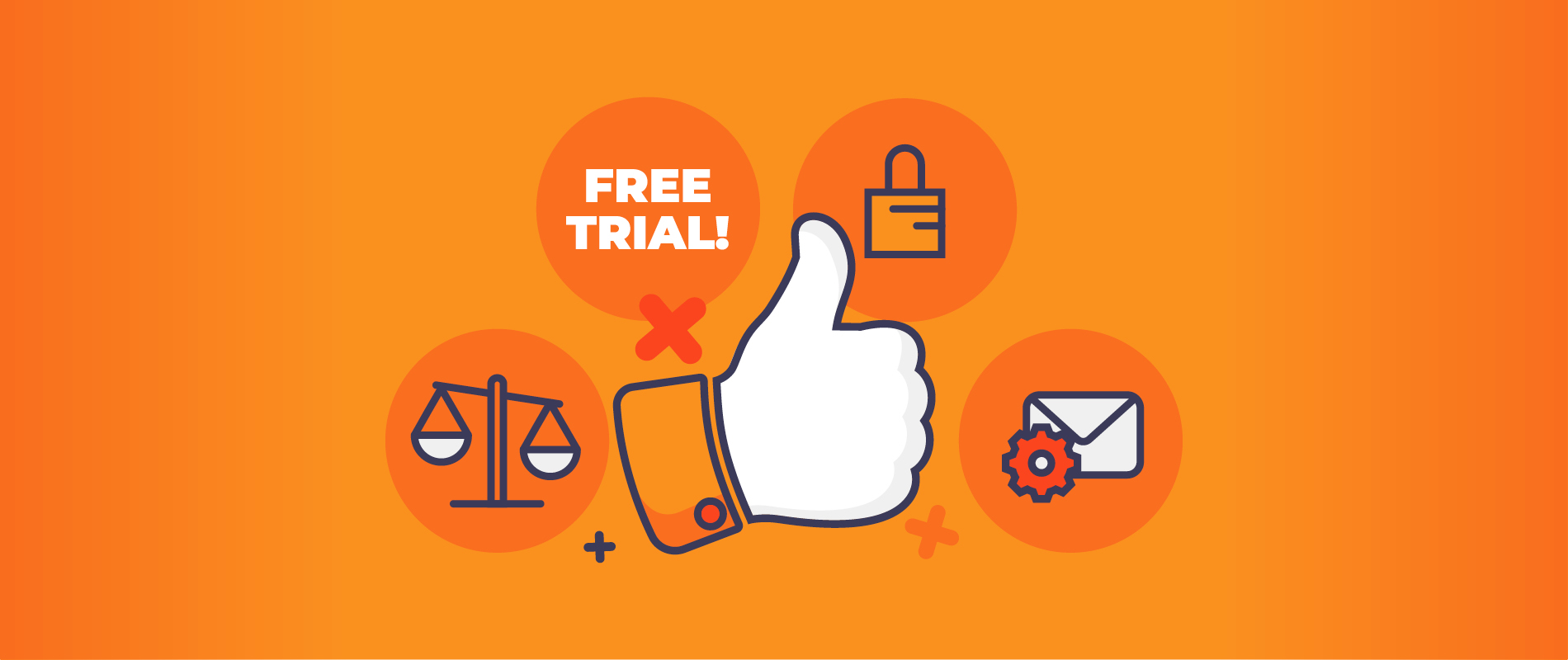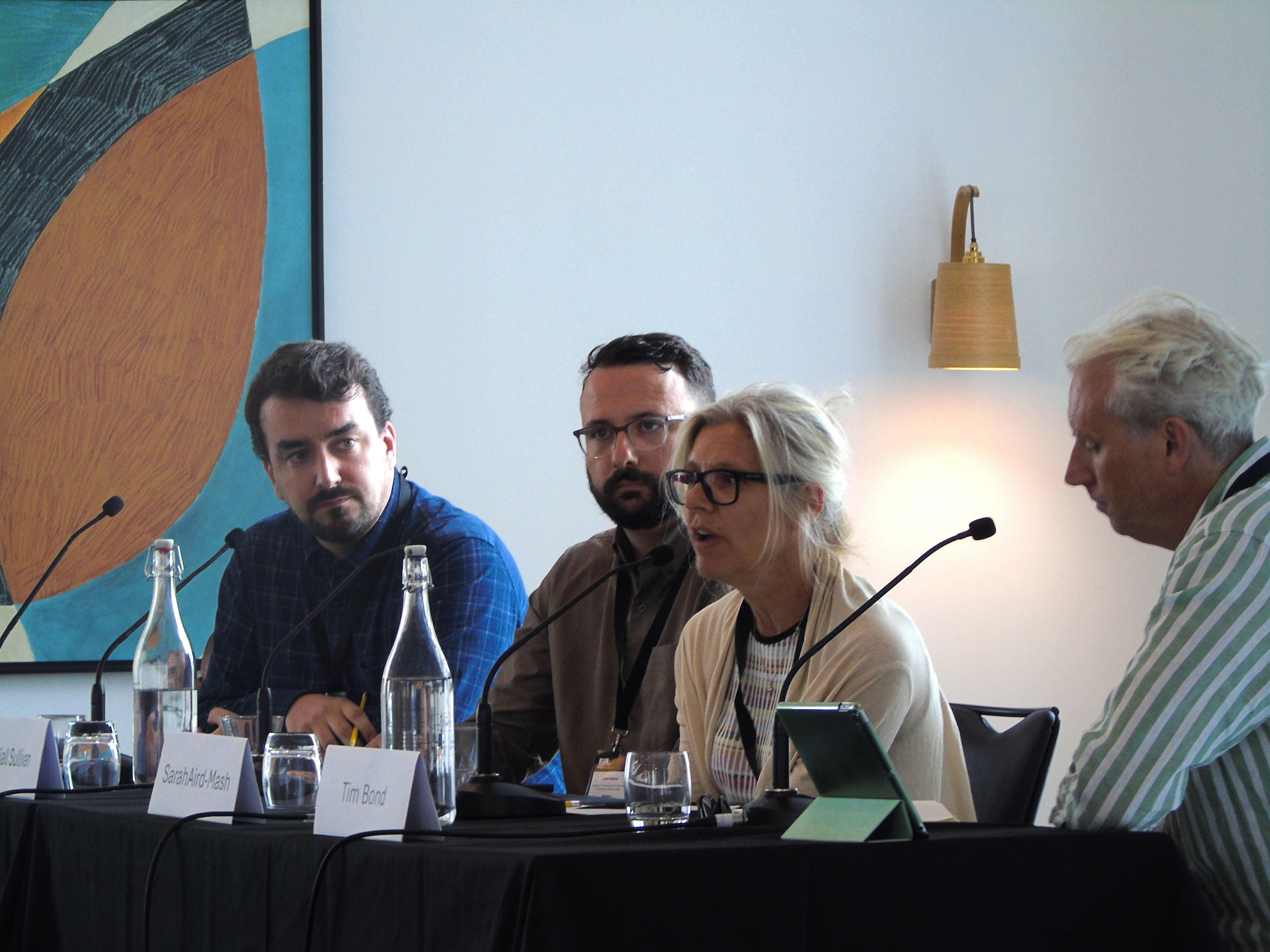For SaaS companies, and indeed traditional software companies, part of the sales process is giving prospects access to the software for free. This offers them a chance to get hands on with the solution, really see if it fits the way they work and can deliver the end results they are looking for. In this article we are going to look at the best tactics you can deploy to ensure a healthy conversion rate of free to paid users.
There are three models that SaaS companies will typically use as part of their marketing to convert website visitors into leads.
Limited time free trial
You have probably signed up for deals like this yourself in the past. You provide your credit card details and for 14 days you can have full access to the product’s features with no limitations. This gives prospects an opportunity to run wild and leaves them with a choice to make before the trial period is over.
Netflix is a great example of a company that uses the free trial model to attract subscribers. The streaming service gives prospects just enough time to access the content library and get stuck into the latest must-watch series before the trial period completes. Hopefully the prospect has seen enough value in the platform to commit to the regular monthly subscription fee.
Freemium
Freemium pricing models differ from a free trial as they allow the prospect to have access to your product without a time limit, but restricts certain features. . Freemium plans rely on the use of sales enablement to help educate and nurture the prospect until they are ready to pay for a full subscription.
HubSpot CRM is a great example of the freemium model. You can access their platform for free, albeit with certain limitations and restrictions. They offer enough that users will gain value from using the CRM and email facilities, but restrict features and usage at the same time. As users become more confident in the value of the product the restrictions start limiting what the prospect can do-unless they pay to remove the restriction.
Hybrid freemium and free trial
The hybrid model is exactly what it says it is. Users can sign up for a free trial, but should the trial end then the user is left with a restricted freemium model. Once the prospect realises how much better life was with the full range of features, they sign up for the full product.
Spotify is a great example of this approach. Right now, you can get three full months of the streaming platform, without it costing you a penny. Once the trial period is over, unless you pay the ongoing monthly subscription you will get the limited version of Spotify.
Identifying which method is right for your SaaS product is covered in SaaS Pricing Models: Free Trial versus Freemium. What we want to focus on right now is how users of the freemium model convert into a paying monthly customer, and increase the company's monthly retained revenue.
What conversion rates should I be aiming for?
First off, let’s get into some numbers related to freemium conversion rates. Knowing what kind of conversion rate you can expect from a freemium solution will help you to focus on the right part of your lead conversion path. SaaS solution and data experts Databox have done some great research into the subject.
Studies conducted by Databox have found that for companies targeting small businesses a conversion rate of 6-10% is average. Meanwhile, for companies that are targeting medium-sized businesses, the average conversion rate is slightly lower at 3-5%.
Which tactics should I deploy to ensure freemium users convert?
There are various tactics that you can use to try and drive conversions under a Freemium model. Which one is best for you will depend to a degree on the approach you have taken towards your freemium version. On the face of it you can either limit the usage of your product or the features of your product. There are other versions of freemium available to you, but the basics boil down to these two options. Depending on which way round you approach this limitation will impact the tactics you follow.
Because freemium is a nurturing based strategy, there are five tactics that will work with both models. We will look into these now and share the best practices being used by the most successful SaaS companies.
1. Balance the comfortable with the uncomfortable
This is the very core of the pricing strategy, regardless of limiting the usage or the features. Talk to your customers and early adopters. What do they find immediately useful and which parts of your solution elevate its value to the next level? Understanding where the value and the escalation of value is with your product can really help you present a value proposition that makes upgrading a highly attractive option.
Canva is a solution that does this well. The graphics design platform offers an easy to use tool to help make social media posts, complete with templates for the various types of content that digital marketers need. You can have access to these templates for free, as well as free stock images, graphics, fonts and editing tools. This is great for a company without a marketing specialist too, as it’s already set up. However, you can’t use all the tools, such as resizing images and branding tools that automatically ensure the correct font is used, while the feature that automatically applies the company palette is also restricted.
Paying extra for these tools removes the pain of checking that you’re following brand guidelines on all the content produced. The value escalation is this extra time saving and confidence that work is completed on time and correctly.
2. Educate users along their journey as a user
Users are always eager to learn more about the tools they use. If they can unlock a new way of working with your solution that adds value to their day they will naturally love it. Successful SaaS providers do a great job in providing access to learning tools.
HubSpot offers a Free CRM and email facility as part of their freemium offer. The marketing automation platform and plethora of other tools are locked until the end user is ready to upgrade.
Through the HubSpot blog and Academy, users can learn more about inbound marketing and how the types of tools available to paid users can elevate their sales and marketing efforts. Within these learning tools HubSpot are even kind enough to suggest free versions of tools from other companies that help HubSpot’s free users. When the user has started to generate so much activity that these disparate systems are too hard to manage, the value of paying for the HubSpot platform is escalated in the user’s mind and they want to upgrade.
3. Use email automation to keep users onboard
How many times have you signed up for a free trial and then forgotten all about it? I have a small stack of services that I signed up to and then never actually got around to using. Either I was in a rush to move onto another task and never got back to the solution, or it was an impulse sign up because it was free. Using email automation to send out tips, asking for feedback or even nudging users to say that, unless they use the platform, their account will be closed, are all methods that get people using your SaaS solution.
Livestorm is a video conferencing solution that uses this tactic very well. They monitor usage of their platform and provide tips and updates to users. Importantly though, they also look out for users that have not signed in for a certain period of time and then send them an email to check that they are ok, ask if they need advice on the product, would they like a training session and other supporting emails.
4. Free trials
Yes I know that this is mentioned as an option right at the start of this article, but bear with me. The free trial mentioned above is at the point of sign up. This is a more targeted approach and not one to just throw to all your existing unpaying users.
Utilising analytics, you can begin to get an idea of the behaviour that is exhibited by users who have a higher likelihood of signing up for the premium paid version of your software. Scoring your leads that exist in the free user base is a great way to segment the pool and allow your sales teams the insight as to whom they should offer these trials to.
How can I make use of these tactics?
Putting the types of tactics discussed above into practice will help you nurture your leads into paying customers and further the growth of your SaaS business. All of the tactics above are part of a lead nurturing process that overlaps with the use of a sales enablement strategy. By structuring your approach towards educating and supporting your free users you can start to nurture them into paying customers.
IMPROVE FREE USER CONVERSIONS - DOWNLOAD
Discover how to optimise your conversion path
Stay Updated with Our Latest Insights
Get expert HubSpot tips and integration strategies delivered to your inbox.



